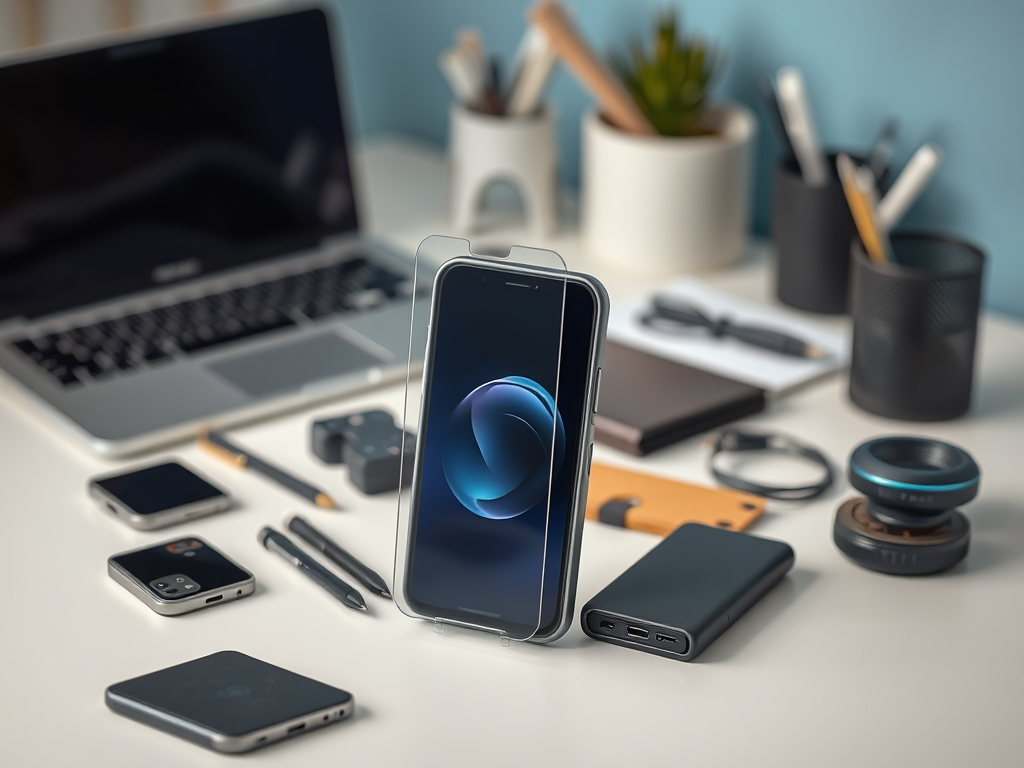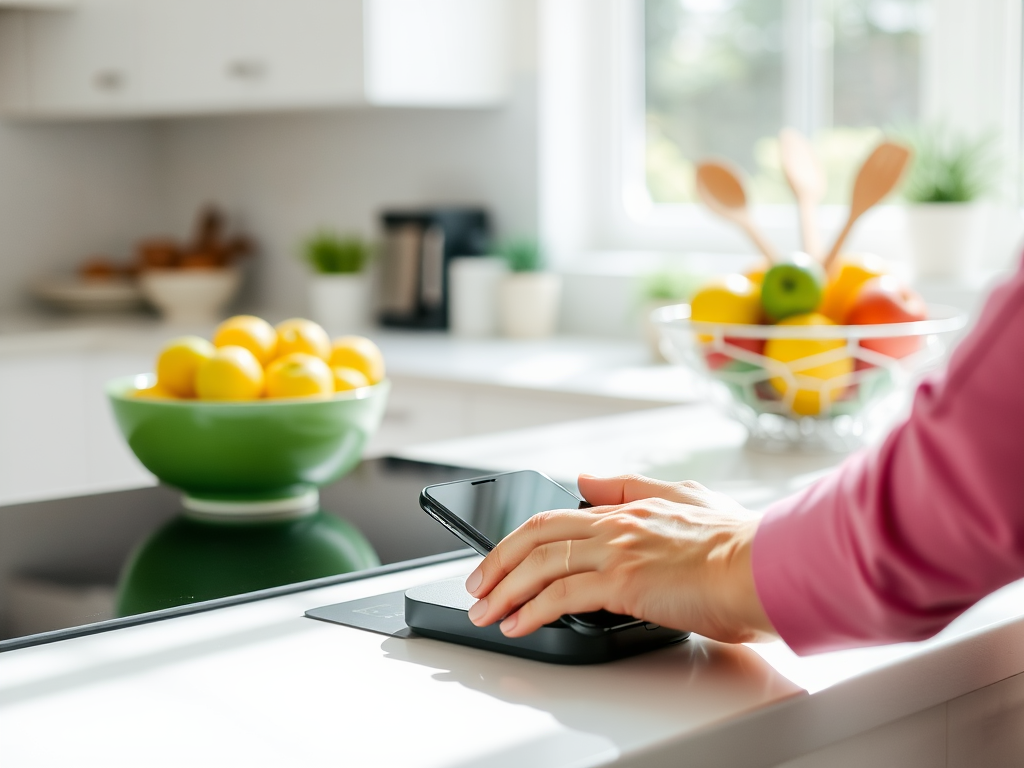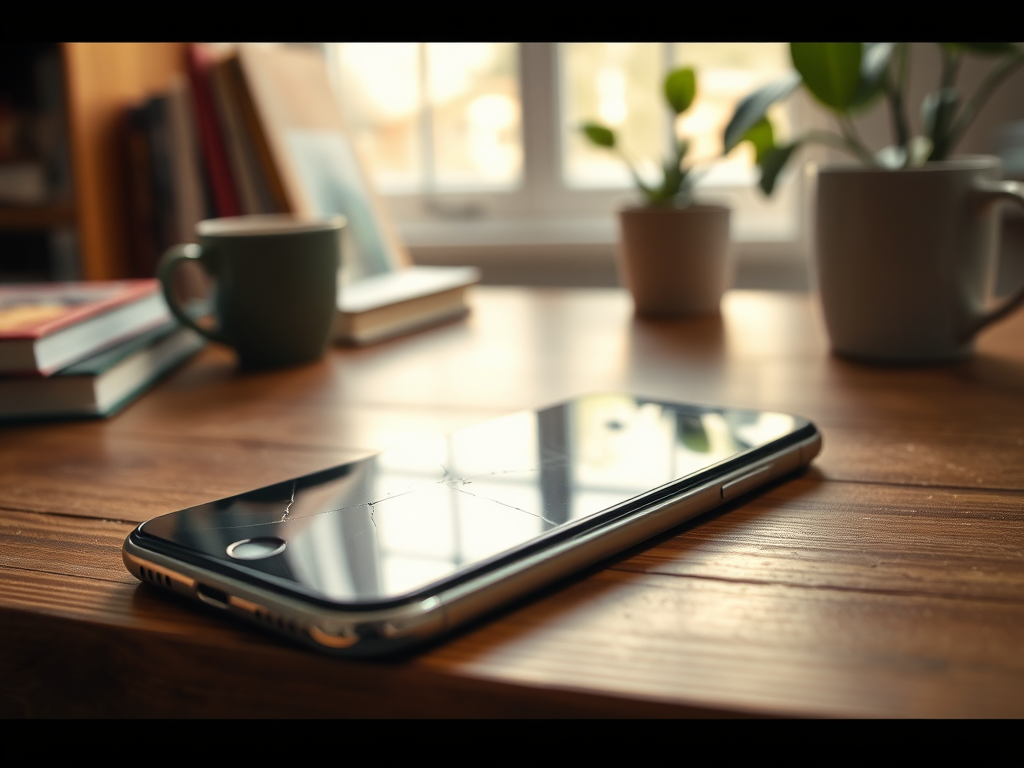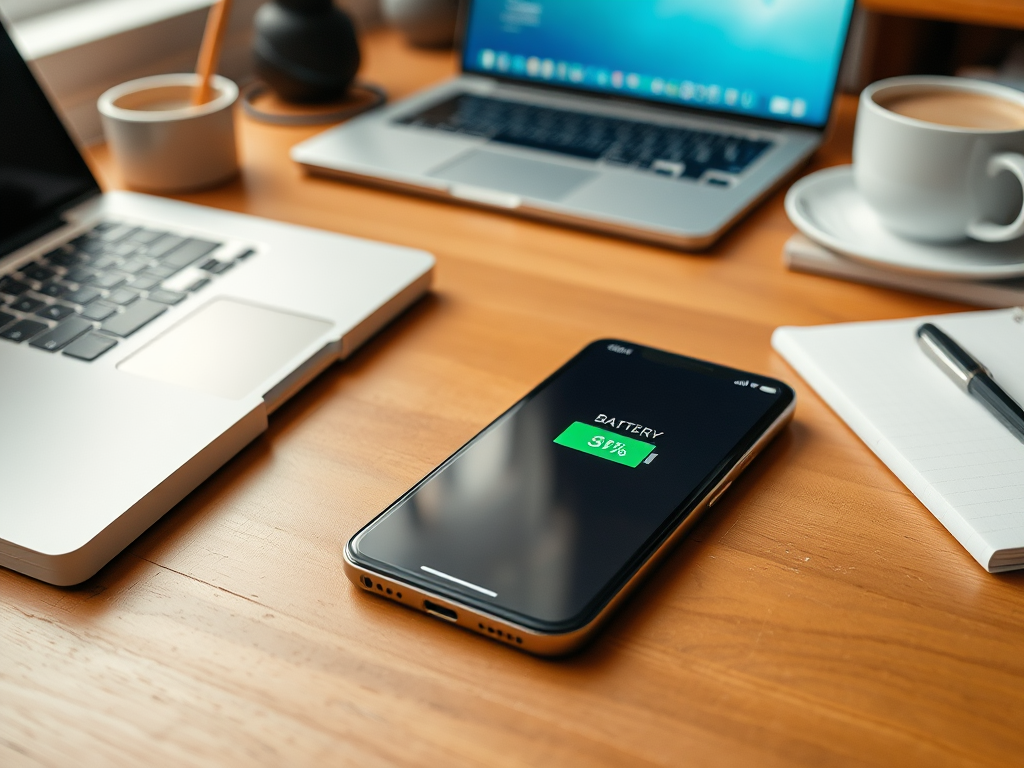Smartphones are integral to our daily lives, serving as communication tools, personal assistants, and even windows to the world. However, despite their importance, many users are unaware of the fragility that lies within these devices. A single oversight can lead to a hairline fracture that disrupts not only the functionality of the phone but also the user’s lifestyle. With the increasing reliance on smartphones for everything from work to leisure, understanding and preventing cracked screens is essential for any savvy consumer. This article sheds light on the most common causes of cracked phone screens and offers practical tips to avoid such unfortunate mishaps. By implementing these strategies, you can protect your investment and ensure your device remains functional for years to come.
Understanding the Fragility of Phone Screens

Modern smartphone screens, often made from delicate glass materials, are designed to be sleek and lightweight, offering a sharp display and immersive user experience. However, this beauty comes at a cost; the thinness of the glass makes it susceptible to cracks and breaks. Many users assume that simply because their device has a Corning Gorilla Glass or similar protection, it is invincible. While these materials provide some degree of defense, they are not foolproof. Even minor impacts or falls can lead to cracked screens if proper care is not taken. Understanding the science behind smartphone screen materials and their vulnerabilities is crucial for users who wish to keep their devices intact.
Common Causes of Cracked Phone Screens

Accidental Drops and Falls
One of the most common scenarios leading to cracked screens is when a phone is accidentally dropped. Even a brief drop from a low height can cause irreparable damage. For many users, fateful moments can occur when retrieving their phones from pockets or while multitasking. The unfortunate reality is that the majority of phone damage occurs in this manner. Moreover, many people underestimate the risks associated with carrying a phone without a case. Protecting your device from falls is essential to avoid costly repairs or replacements.
Pressure and Impact
Excessive pressure and impact are often overlooked contributors to cracked screens. Users might unknowingly sit on their phones while they’re in their back pockets, leading to devastating effects. Heavy items placed on top of a phone can exert enough force to crack or shatter the screen as well. Another risk is placing your phone beneath bags or equipment while moving—they can add pressure that compromises the screen’s integrity. It’s crucial to remain aware of where you place and how you handle your device to minimize risk. Learning to recognize potential hazards is essential in maintaining the safety of your smartphone.
| Cause | Description |
|---|---|
| Accidental Drops | Most prevalent cause; can happen anytime. |
| Pressure | Sitting on it or placing heavy items on top. |
| Environmental Factors | Extreme temps and humidity weakening the screen. |
Environmental Factors
Another major factor contributing to cracked screens is environmental exposure. Extreme temperatures—both hot and cold—can drastically affect the structural integrity of your device. For instance, leaving a phone in a hot car can warp the internal components, while exposure to freezing temperatures can cause the glass to become more brittle. Humidity and moisture also render screens prone to damage. Users should take care not to expose their phones to these extreme conditions whenever possible. Understanding the environment that your phone is in can help you make better decisions about its care.
How to Avoid Cracked Phone Screens
Use a Quality Screen Protector
Investing in a high-quality screen protector can be a game changer when it comes to preventing cracks. Screen protectors act as a barrier, absorbing shock and impact that would otherwise transfer to the glass. When applying a screen protector, ensure that it fits your device perfectly to provide maximum protection. There are various options available, from tempered glass to flexible film protectors, each with its pros and cons. A good screen protector not only prevents scratches but significantly lowers the risk of a cracked screen. This simple addition can prove invaluable for extending the life of your device.
Opt for a Durable Phone Case
A robust phone case provides essential protection and peace of mind. Look for cases made from shock-absorbing materials, which can cushion your phone during accidental drops. There’s an array of styles available, from slim options to rugged cases designed for extreme conditions. A durable case can also enhance grip, reducing the likelihood of accidental slips. Many cases come with additional features, such as kickstands or cardholders, making them functional as well as protective. Investing in a dependable phone case is a proactive measure that can save you from costly repairs.
Be Mindful of Where You Place Your Phone
One of the simplest yet effective ways to avoid screen cracks is to be mindful of your phone’s placement. Avoid putting your phone in precarious positions, such as on the edge of a table or in a crowded bag where it can easily get knocked around. Instead, designate specific safe spots where you consistently place your phone. This habit can significantly reduce the chances of accidental drops. If you’re in a situation where your phone could be damaged, such as during outdoor activities, consider keeping it secured in a pocket or pouch. By being intentional about where you place your device, you can prevent unnecessary damage.
Keep Your Phone Away from Extreme Conditions
Proper care in environmental settings is vital for the longevity of your phone. To protect your device effectively, avoid leaving it in hot cars or near windows where sunlight may penetrate. When it comes to moisture, it’s best to store your phone in a dry place and be cautious while using it around water. If you’ll be participating in activities that involve water, such as swimming or hiking during rain, consider bringing along a waterproof case. Maintaining a stable environment for your phone allows it to perform optimally and reduces the risk of damage from extreme conditions. By implementing these practices, you can significantly enhance the longevity of your device.
Conclusion
Understanding the common causes of cracked phone screens, coupled with implementing preventative measures, is essential for any smartphone user. By being mindful of how you handle your device, and investing in protective accessories like screen protectors and durable cases, you can greatly reduce the risk of costly repairs. It’s also vital to recognize the environmental factors that can compromise your phone’s integrity, ensuring it is kept in safe conditions. In conclusion, preventative care is not only about immediate thought but fostering a consistent routine of protecting your investment from the outset. Taking these precautions today could save you from heartache tomorrow.
Frequently Asked Questions
- What should I do if my phone screen cracks? If your screen cracks, consider visiting a professional repair service or checking if your phone is still under warranty for possible coverage.
- Can a screen protector really help? Yes, a screen protector can absorb impact and prevent scratches, significantly reducing the chance of a cracked screen.
- How often should I replace my phone case or screen protector? It’s advisable to replace them when they show signs of wear or damage, or at least once a year for best protection.
- Is it safe to use my phone in the rain? While some phones are water-resistant, it’s best to avoid using them in heavy rain as moisture can still penetrate and cause damage.
- Are there any apps that can help me avoid phone drops? There are various apps designed to help you manage phone usage and to remind you to hold your device securely, reducing the risk of drops.



